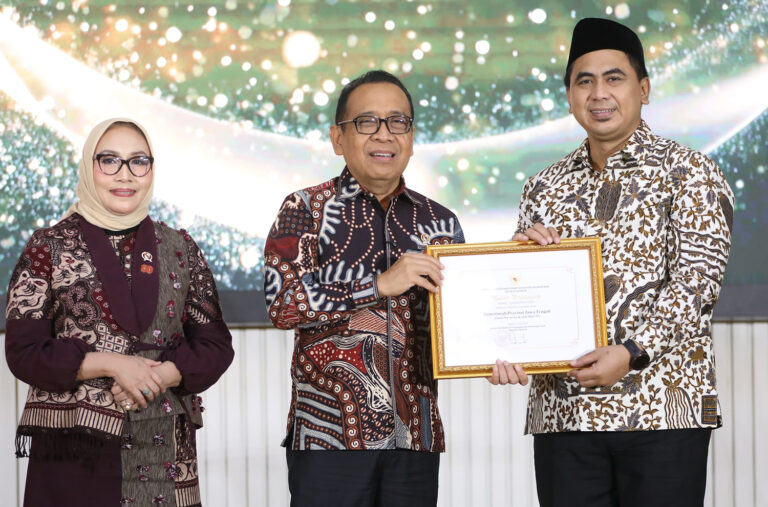Lego, the iconic Danish toymaker, has revealed its ambitious plan to transition away from fossil fuel-based plastics in favor of more expensive renewable and recycled materials. This announcement comes on the heels of a remarkable financial performance, with the company reporting a 26% increase in profits for the first half of the year, reaching 8.1 billion Danish krone ($1.2 billion). Consumer sales also grew by 14%, a figure that significantly outpaces the broader toy industry, which has struggled in recent months.
In an interview, Lego CEO Neils Christiansen highlighted the company’s global appeal and the strength of its product portfolio, which resonates with consumers across all age groups and interests. “Our product portfolio resonates super well across ages and interests,” Christiansen said, noting that Lego’s enduring popularity has helped it weather the challenges facing the toy industry.
Lego’s journey towards sustainability has been marked by challenges, particularly in its efforts to replace oil-based plastics with greener alternatives. The company has tested over 600 materials in its quest to find a viable substitute by 2030, but with limited success. To address this, Lego is now focusing on gradually reducing the oil content in its bricks by purchasing certified renewable resin, a material that is up to 70% more expensive than conventional plastics. This investment is part of Lego’s broader strategy to encourage manufacturers to increase the production of sustainable materials, a critical step in the company’s goal of producing all its products from renewable and recycled materials by 2032.
Lego is making significant progress towards this goal, with plans to ensure that more than half of the resin it needs by 2026 is certified according to the mass balance method, which allows for the traceability of sustainable materials through the supply chain. Currently, 30% of the resin used in the first half of 2024 meets these standards. Lego’s commitment to sustainability is further demonstrated by its willingness to absorb the additional costs associated with renewable materials. “With a family-owner committed to sustainability, it’s a privilege that we can pay extra for the raw materials without having to charge customers extra,” Christiansen explained, noting that the company’s ownership structure allows it to make these investments without passing on the costs to consumers.
The market for recycled and renewable plastics is still in its early stages, with much of the available feedstock currently used for subsidized biodiesel, which is blended into transportation fuels. Nevertheless, Christiansen expressed optimism about the future, noting a growing willingness to invest in sustainable materials compared to just a year ago. Rival toymakers are also beginning to explore greener alternatives. Hasbro has introduced plant-based or recycled materials in some of its toys, while Mattel has committed to using only recycled, recyclable, or bio-based plastics in all its products by 2030.
Despite these efforts, the broader plastics industry remains heavily reliant on virgin fossil fuels, with approximately 90% of all plastic still derived from these sources. Lego’s ambitious plans to transition to renewable and recycled materials by 2032 represent a significant shift from industry norms and position the company as a leader in sustainability within the global toy market.









